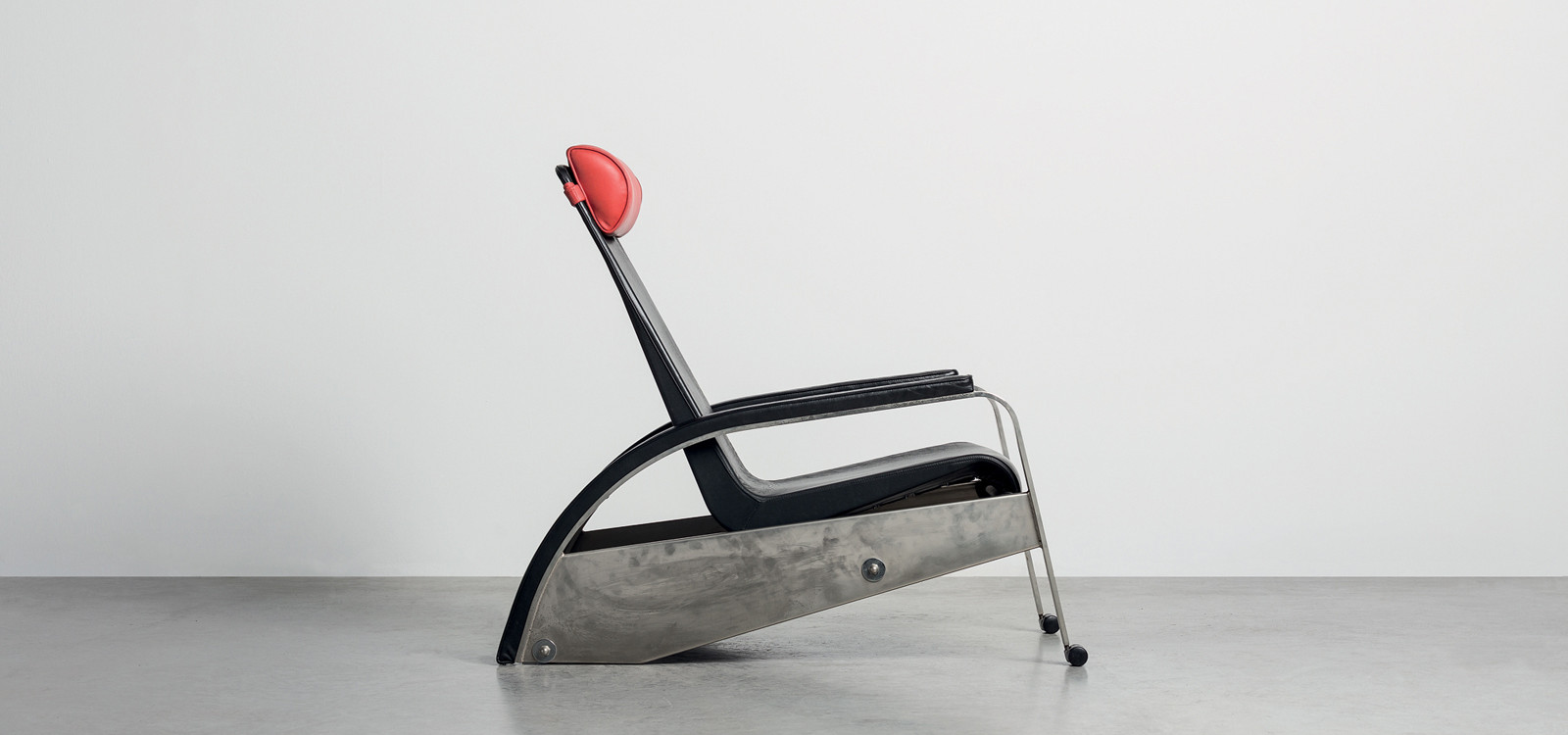The 1930s
The World Fair of Decorative Arts, held in Paris in 1925, marked the beginning of a new age for design, in which radically different schools of thought coexisted and were developed simultaneously. It was during this period that the idea of the “designer” was defined as a clear role and did not necessarily have to have a formal background in architecture.
The expressive potential of new materials together with innovative industrial processes greatly influenced both the architects of the Modern Movement, such as Le Corbusier and Ludwig Mies van der Rohe, as well as others such as René Herbst and Jean Prouvé. As a result this period sees the design and production of rigorously industrialized items of furniture such as the “Spartana” chair by Hans Corey. Strangely, other pieces designed at this time, that are widely considered to be icons of Modernity such as the works of Le Corbusier or the “Barcellona” armchair by Mies van der Rohe have nothing to do with industrial production, unlike the works of Marcel Breuer, Giuseppe Terragni, Pietro Chiesa and Gabriele Mucchi. At the same time there were also designers who remained faithful to the expressivity of hand-craftsmanship, Erik Gunnar Asplund in Scandinavia, for example and Gio Ponti in Italy.

